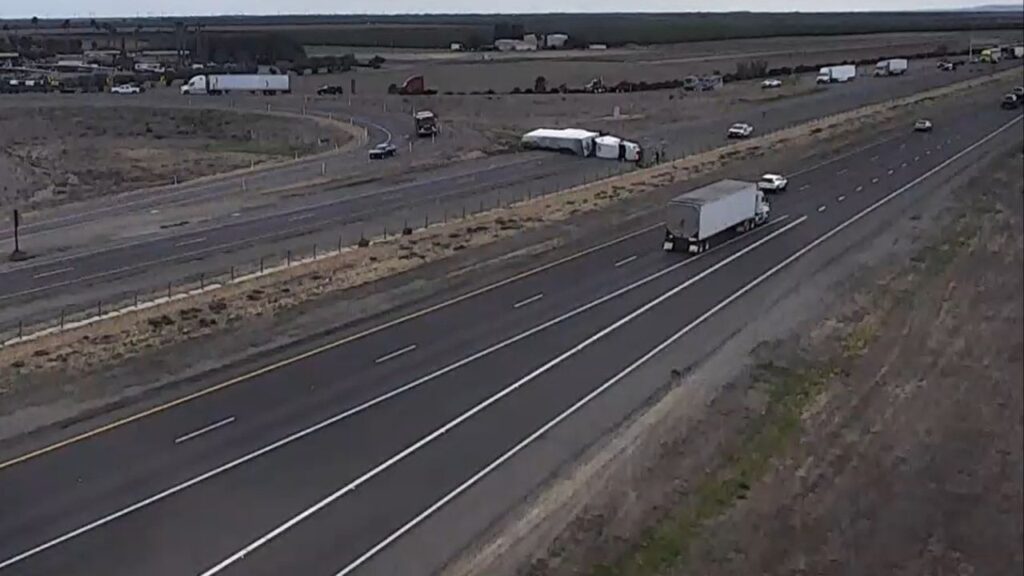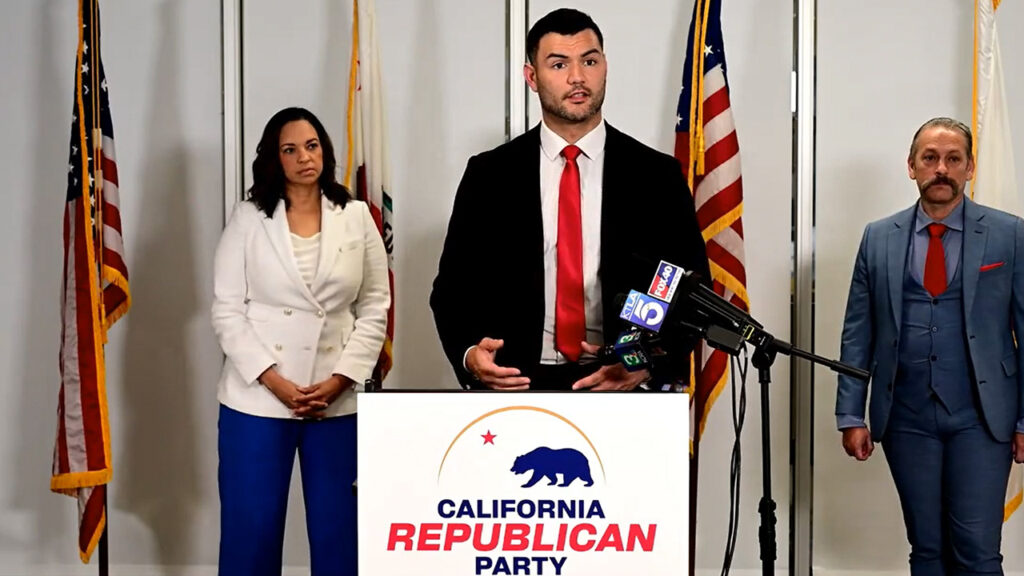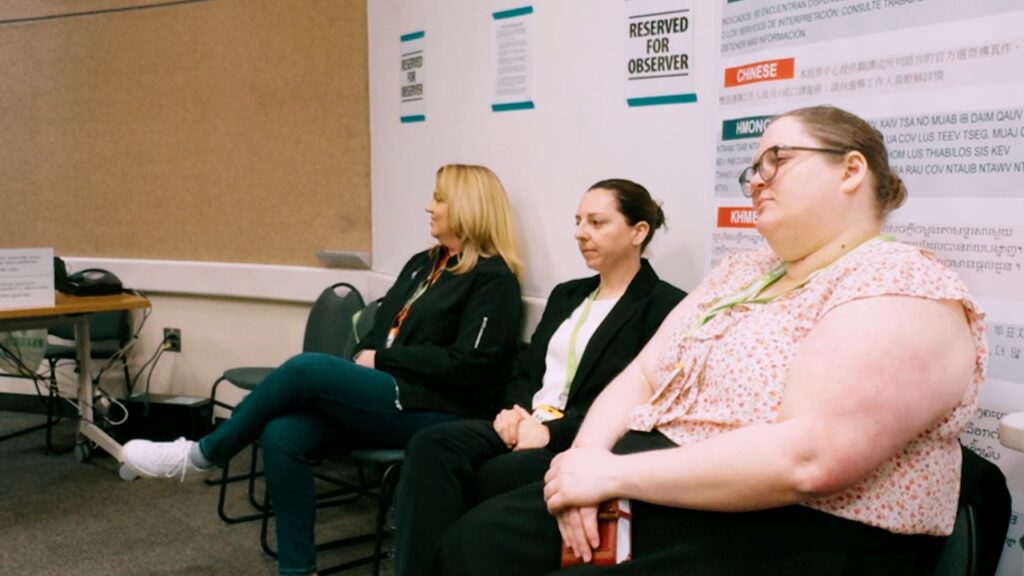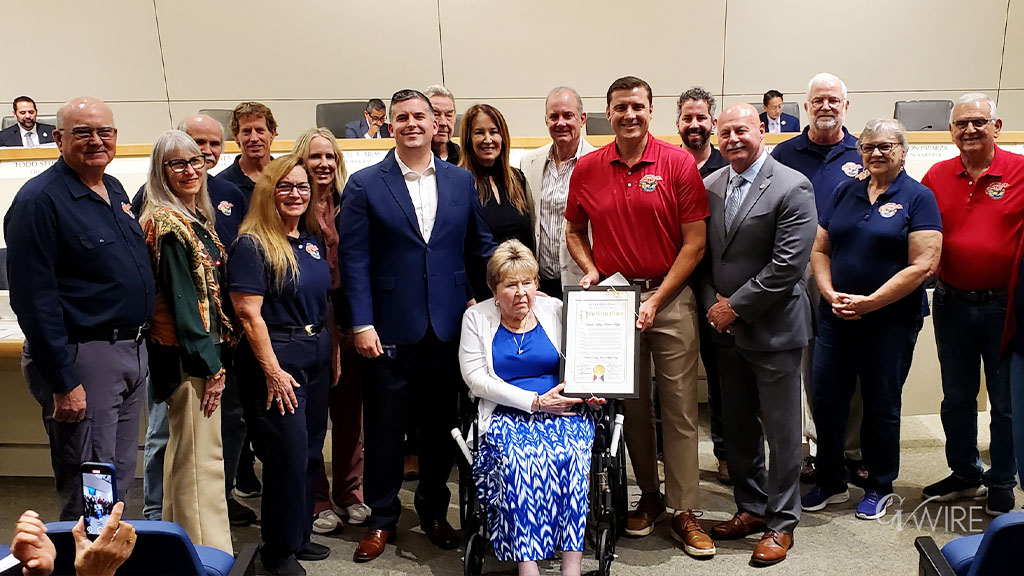Share
California’s largest farming region faces a daunting challenge.

Andrew Ayres

Darcy Wheeles
Special to CalMatters
Opinion
As farmers reduce their groundwater use under California’s Sustainable Groundwater Management Act, the footprint of irrigated agriculture in the San Joaquin Valley will have to shrink.
The Public Policy Institute of California estimates that at least 500,000 acres of farmland will likely need to come out of production over the next two decades.
Fallowing land can lead to a host of problems, including employment losses for the valley’s agricultural workers and revenue losses for landowners and local governments.
It could also exacerbate issues with airborne dust in a region already suffering from some of the worst air quality in the nation. And pests and weeds could cause a nuisance for lands still in production.
But that soon-to-be-fallowed land has some of the best solar potential in the state. And it will be idled just as California seeks to dramatically boost its renewable energy generation.
This creates a brand new opportunity for farmers, and a chance to align state and regional goals. The state government has committed to overhauling the electrical grid under Senate Bill 100, which aims for 100% renewable and carbon-free power by 2045.
Done right, solar development could provide new employment opportunities in the San Joaquin Valley while keeping fallowed land productive and curbing environmental risks like dust generation.
Making Valley a Solar Hub Faces Big Hurdles
To ensure that this development benefits the region’s workers, growers, and broader community, careful planning is essential. A recent PPIC report explored how to make these energy and land transitions successful.
Transforming the San Joaquin Valley into a solar hub will not be easy. Developers and local communities face serious obstacles, including a lack of available transmission capacity. Getting new solar projects connected to the grid can be difficult and expensive.
Meeting state energy goals will also require a significant expansion in grid capacity, and cohesive planning will ensure those investments target places where they can provide the greatest benefits.
For solar developments to benefit local communities, projects should be thoughtfully sited to manage local concerns — such as dust emissions and visual impacts — and generate opportunities for local workers. Siting and design should also minimize impacts on valuable conservation areas that provide important ecological benefits for the region and state as a whole.
Valley residents will need expanded training programs that are accessible for workforce benefits to materialize broadly. Improved transportation options will be essential to increasing participation.
Facilitating a swift build-out of solar will require close coordination to meet the state’s energy goals and maximize the benefits for the region. Areas that have limited community or ecological impacts should be expedited for development by streamlining approvals and working in tandem with state energy planners.
State Officials Must Work as a Team to Benefit Valley
State officials will also need to incorporate new land use information into their existing processes for energy projects. For example, they could work with local groundwater agencies to understand where land is likely to come out of production and target investments that can help these areas transition directly into solar development.
Achieving this level of synergy means that county governments, the California Energy Commission, and others will need to strengthen their ties. The commission’s latest efforts to develop methods for energy planners to incorporate land use considerations more deliberately are a step in the right direction.
There is a unique opportunity to align the implementation of two state policies, groundwater laws, and California’s clean energy goals to benefit consumers and support the economy in one of the state’s most economically challenged regions. The task of stewarding hundreds of thousands of acres of fallowed land is as daunting as the energy goals are ambitious, but proactive, coordinated action can make both undertakings successful.
About the Authors
Andrew Ayres is a research fellow at the Public Policy Institute of California Water Policy Center. Darcy Wheeles is a principal at ArkSpring Consulting and has extensive experience in strategic planning and facilitation for land use, environmental justice, environmental policy, and climate issues.
Make Your Voice Heard
GV Wire encourages vigorous debate from people and organizations on local, state, and national issues. Submit your op-ed to rreed@gvwire.com for consideration.
RELATED TOPICS:
Categories

Crypto Firm Ripple Raises $500 Million in Latest Investment Round

Trump Is a Godsend to the Democratic Party in 2025 Elections

Spirit Airlines to Cut About 150 Jobs in Turnaround Effort

















